SGGP
On October 23, Latin America and Caribbean Climate Week (LACCW) opened in Panama City, Panama, to find solutions to address challenges from climate change.
Increasing risk
The LACCW initiative is co-hosted with the Government of Panama by the United Nations Development Programme, the United Nations Environment Programme and the World Bank, with regional partners being the Economic Commission for Latin America and the Caribbean, the CAF Development Agency, the Bank of Latin America and the Caribbean, the Inter-American Development Bank and EuroClima.
During the four days of Latin America and Caribbean Climate Week, 3,000 guests, including representatives from governments, local authorities, climate experts and civil society organizations around the world, will participate in more than 200 key events, including panel discussions and side events providing information on climate change.
The event comes as Latin America and the Caribbean are witnessing a series of extreme weather events. The United Nations predicts that the region will face more natural disasters in the next four decades and urges governments in the region to establish early warning systems.
According to the World Meteorological Organization (WMO), temperatures in Latin America and the Caribbean have increased by an average of 0.2 degrees Celsius per decade over the past 30 years, the highest rate recorded globally. The climate crisis and the recent La Nina phenomenon (La Nina is the opposite of El Nino, which is a phenomenon of abnormally cold sea surface waters in the central and eastern equatorial Pacific Ocean - Editor's note), are causing prolonged droughts, leading to reduced hydropower output, reduced agricultural harvests and "unprecedented" wildfires, melting glaciers and storms causing serious damage to people and property. In addition, rising sea levels pose increasing risks to coastal livelihoods, ecosystems and economies.
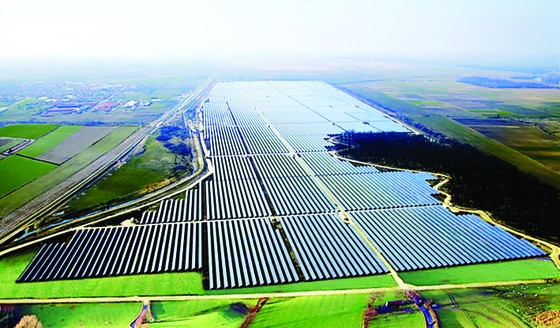 |
| A solar farm in Brazil |
Promote solutions
A bright spot in the fight against climate change is that Latin America holds the key to many climate solutions, such as mangroves and coral reefs, which act as carbon sinks and natural defences against flooding. The region is home to 60% of the planet’s biodiversity, 50% of its primary forests and 28% of its potential agricultural land.
According to the International Union for Conservation of Nature, up to 37% of climate change mitigation needs could be met with nature-based solutions, placing Latin America and the Caribbean in a prime position. However, to realize the region’s full potential, experts agree that concerted efforts are needed to conserve natural ecosystems, many of which are shared by several countries, including the Amazon. To advance climate change solutions, several countries in Latin America are implementing large-scale projects.
According to the Global Energy Monitor (GEM), a non-profit organization that monitors clean energy development, as of January 2023, the solar energy exploitation capacity in Latin America and the Caribbean is 4 times higher than in Europe and nearly 7 times higher than in India. With nearly 250 projects and an expected capacity of more than 19,000 megawatts, in the future, solar power promises to contribute a large part to the electricity supply in Latin America and the Caribbean.
The region’s solar leaders include Brazil, Colombia, Mexico, Peru and Chile. These countries account for more than 88% of current solar power generation and about 97% of additional capacity in ongoing projects.
Source


![[Photo] "Beauties" participate in the parade rehearsal at Bien Hoa airport](https://vstatic.vietnam.vn/vietnam/resource/IMAGE/2025/4/11/155502af3384431e918de0e2e585d13a)


![[Photo] Looking back at the impressive moments of the Vietnamese rescue team in Myanmar](https://vstatic.vietnam.vn/vietnam/resource/IMAGE/2025/4/11/5623ca902a934e19b604c718265249d0)


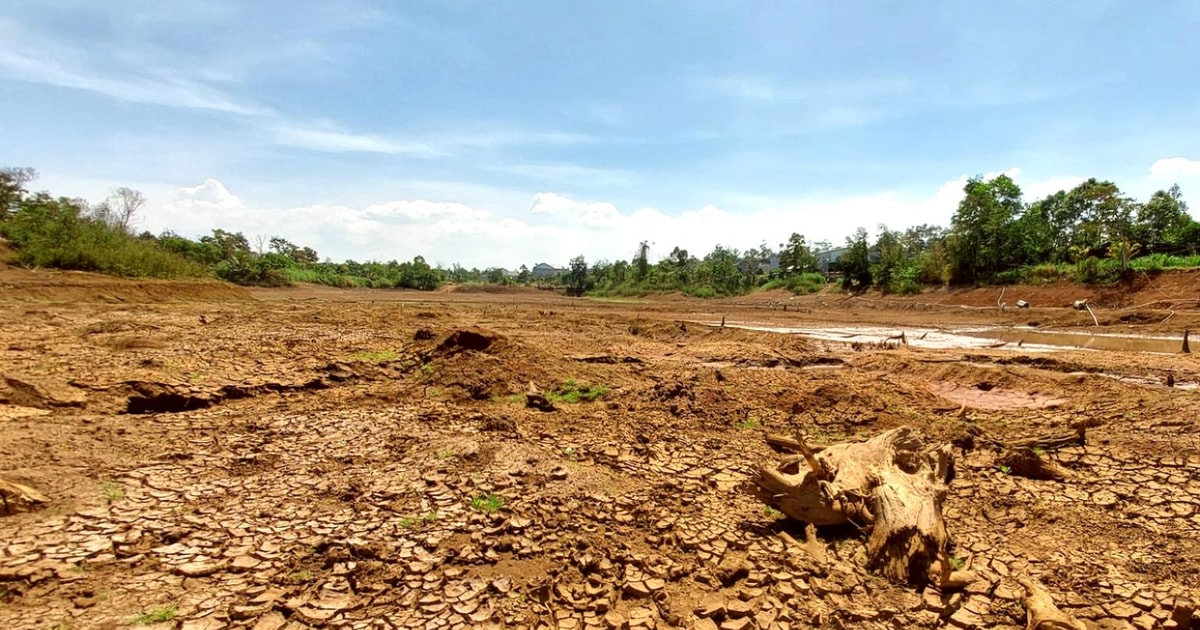

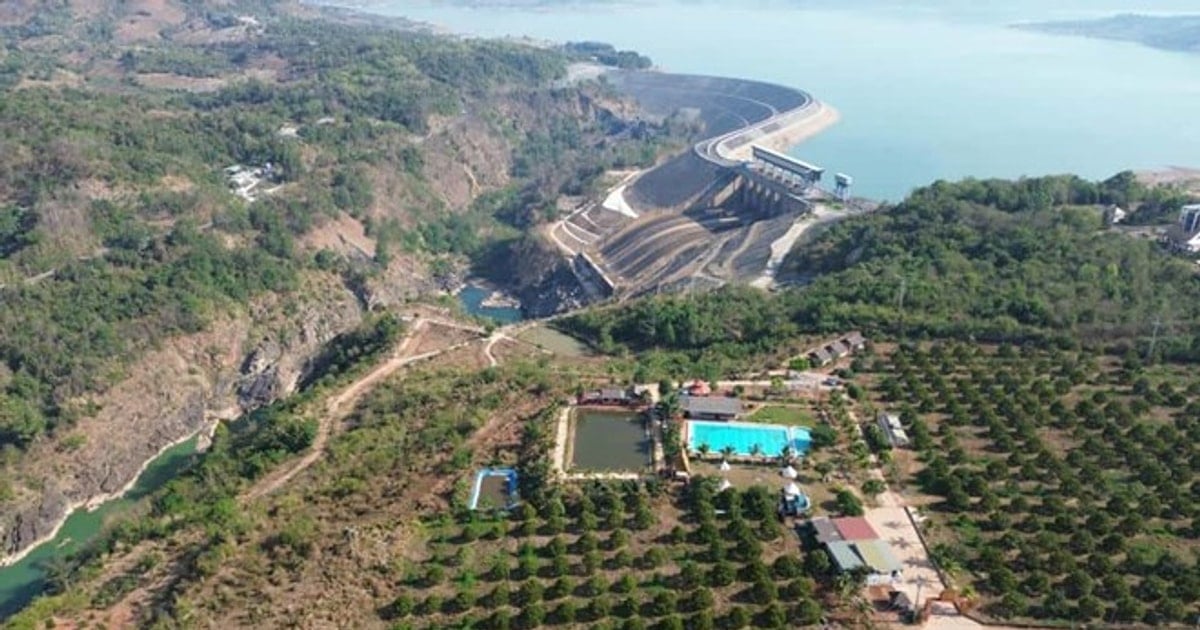

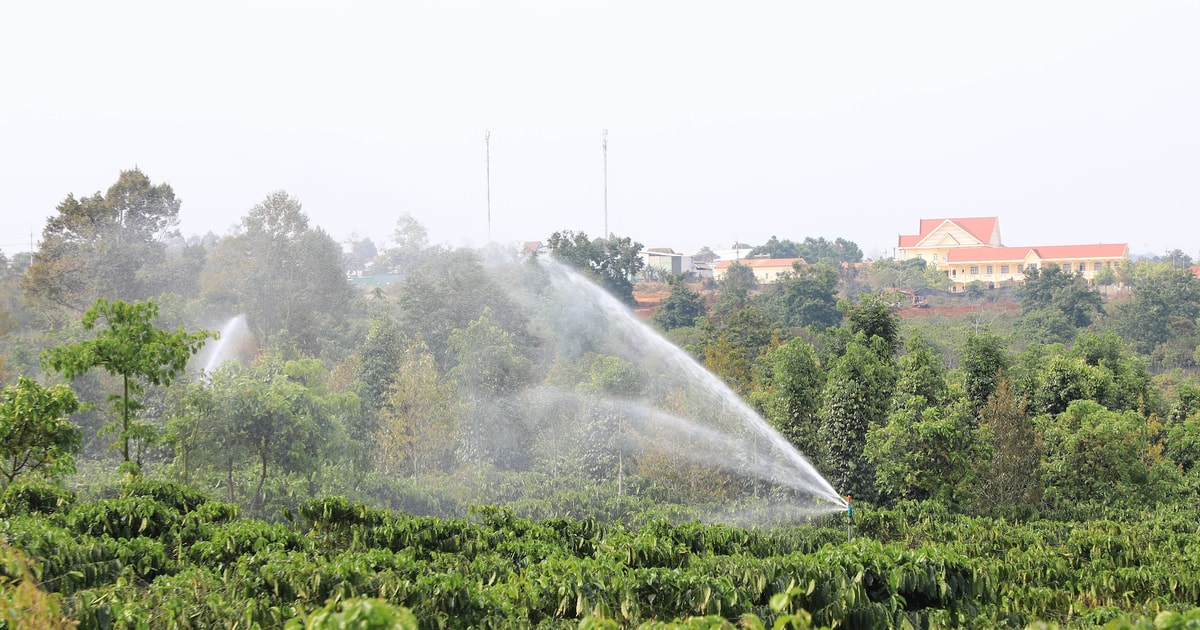


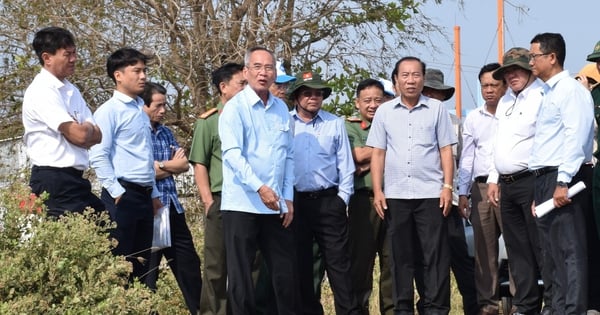


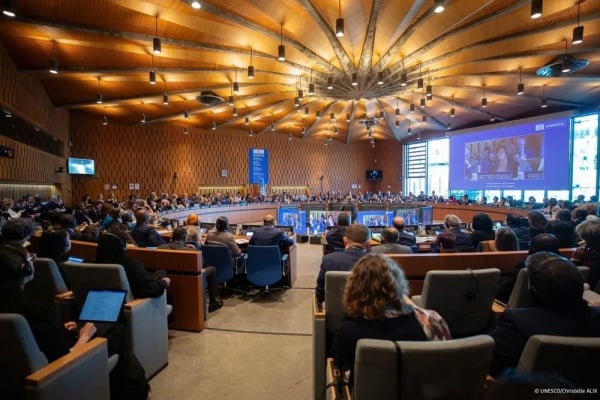
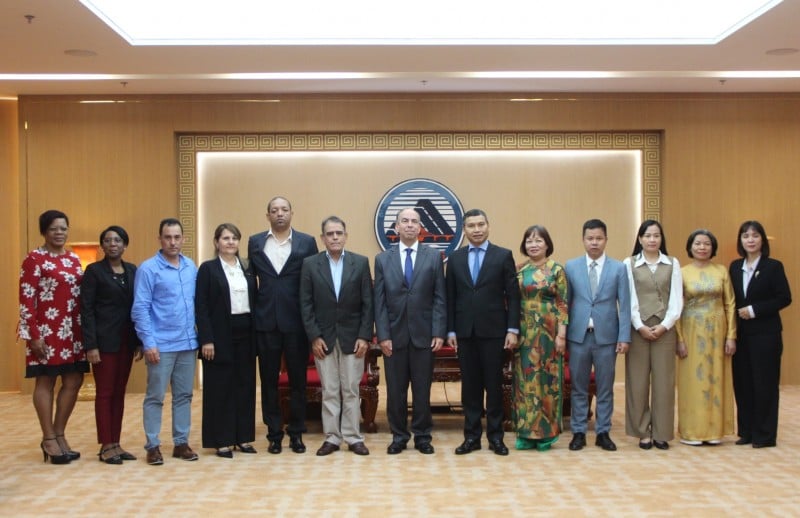












![[Photo] Summary of parade practice in preparation for the April 30th celebration](https://vstatic.vietnam.vn/vietnam/resource/IMAGE/2025/4/11/78cfee0f2cc045b387ff1a4362b5950f)


































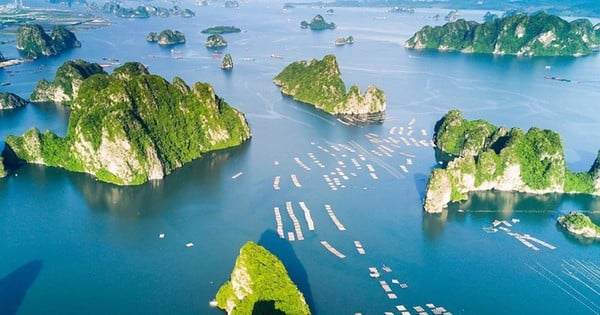






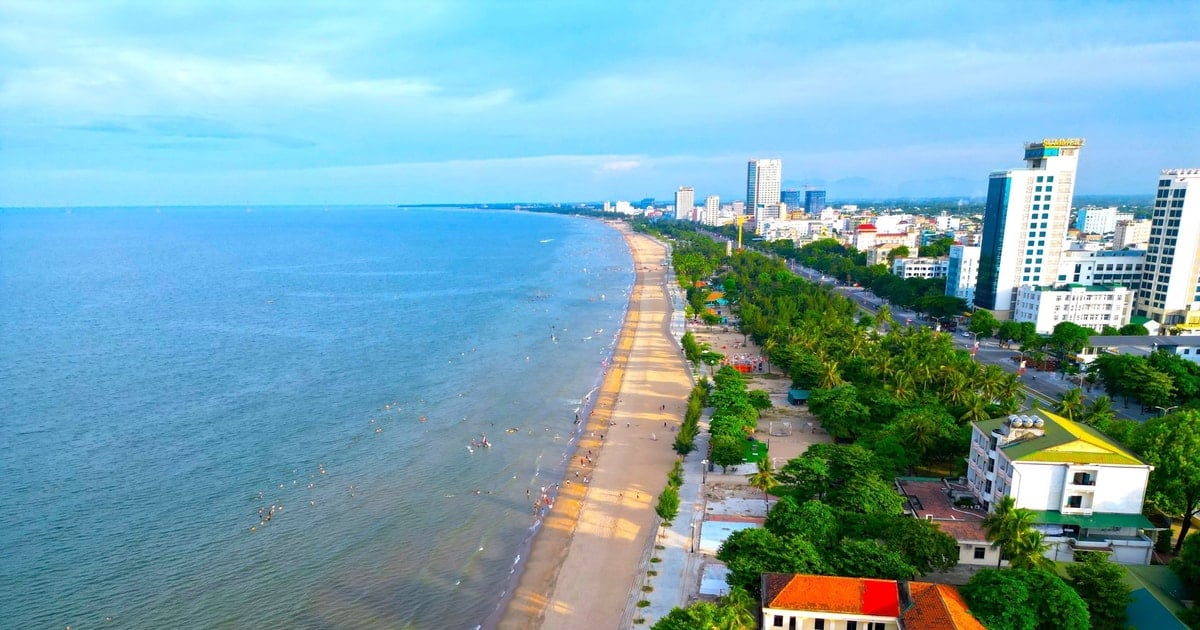

















Comment (0)